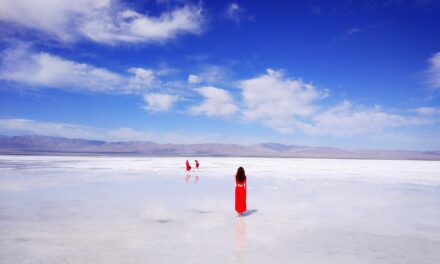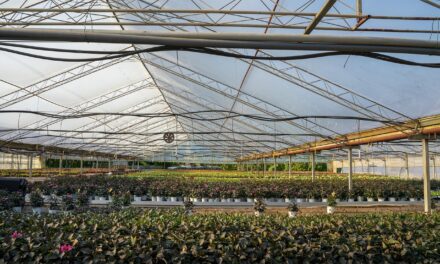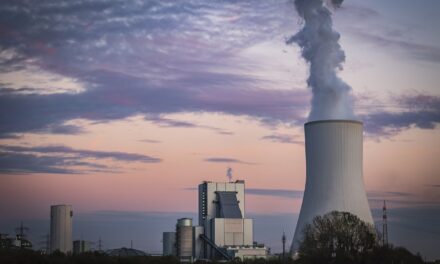Conclusion in key regions affected by the great salt lake water shortages
Conclusion, and more
Fighting for the Great Salt Lake: A Call to Action
The Great Salt Lake is facing a crisis. Its shrinking size poses serious threats to the environment, our economy, and our health. Here’s what’s happening and what we can do:
The Problem:
- Climate Change: Warmer temperatures are causing less snowpack in the mountains, resulting in less water flowing into the lake.
- Water Overuse: We’re using more water than ever before, diverting it for agriculture, industry, and residential use.
The Consequences:
- Wildlife Displaced: The lake is a vital habitat for thousands of birds, fish, and other wildlife. As it shrinks, they are losing their homes and food sources.
- Air Quality Impacts: The dry lakebed creates dust storms that carry harmful pollutants and threaten our health.
- Economic Loss: The lake supports a thriving tourism industry and recreational activities, which are being negatively impacted.
What You Can Do:
1. Conserve Water:
- Fix leaks: Even small leaks can waste a lot of water.
- Water your lawn efficiently: Use a watering timer and water deeply, but less often.
- Take shorter showers: Reduce your shower time by a few minutes.
- Choose water-wise landscaping: Plant drought-tolerant plants.
2. Support Conservation Efforts:
- Vote for water conservation policies: Support politicians who prioritize protecting the lake.
- Donate to organizations working to restore the Great Salt Lake: Their efforts are crucial to finding solutions.
- Spread awareness: Talk to your friends and family about the importance of the Great Salt Lake and how we can help.
By taking action, we can ensure the Great Salt Lake continues to be a vital part of our region for generations to come.
The Great Salt Lake: A Sea in Trouble
TL;DR – Too Long; Didn’t Read
The Great Salt Lake is shrinking due to climate change and overuse of water. This is bad news for the environment and economy. We need to conserve water and use it wisely to help the lake and ourselves.
A Watery Journey
The Great Salt Lake is a big, salty lake in Utah. It’s a vital part of the region’s water cycle, which is how water moves around the area. Imagine a giant bathtub:
- Water flows in: Rivers like the Jordan River carry fresh water from the mountains to the lake.
- Water stays in: The lake gets a lot of water from snowmelt in the mountains, especially in the spring.
- Water evaporates: The hot sun makes the water evaporate, leaving behind salt.
The Shrinking Lake
The Great Salt Lake is facing a big problem: it’s getting smaller and smaller. This is mainly because:
- Climate change: Hotter weather means more water evaporates from the lake.
- Water use: People in Utah use a lot of water for farming, drinking, and other things.
The Consequences
The shrinking lake is causing problems for the whole region:
- Wildlife: The Great Salt Lake is home to many animals, like birds, fish, and brine shrimp. As the lake shrinks, these animals lose their homes and food sources.
- Air quality: The lake helps keep dust down, but as it shrinks, there’s more dust in the air, which can cause breathing problems.
- Economy: Tourism, fishing, and farming depend on the Great Salt Lake. If the lake disappears, these businesses will suffer.
Fighting for the Lake
There are many ways to help the Great Salt Lake:
- Water conservation: We can use less water at home and at work by fixing leaks, watering our lawns less, and taking shorter showers.
- Innovative irrigation: Farmers can use new ways to water their crops that use less water.
- Policy measures: The government can make laws to help conserve water and protect the lake.
- Climate-Rescue.org: This group is working hard to find solutions to water shortages in the Great Basin, which includes the Great Salt Lake. They are researching new technologies and working with communities to conserve water.
A Call to Action
The Great Salt Lake is facing a serious crisis. We need to work together to save this important part of our environment. By using less water and supporting efforts to conserve water, we can help the Great Salt Lake and ensure it remains a vital part of our region.
More on Conclusion…
- ## SEO Keywords: Conclusion & Environmental & Economic Impacts
- General Keywords:
- Conclusion
- Environmental impact
- Economic impact
- Sustainability
- Environmental sustainability
- Economic sustainability
- Impact assessment
- Environmental analysis
- Economic analysis
- Cost-benefit analysis
- Specific Keywords:
- Environmental impact assessment
- Economic impact assessment
- Life cycle assessment
- Environmental footprint
- Carbon footprint
- Resource depletion
- Pollution
- Climate change
- Biodiversity loss
- Water scarcity
- Air pollution
- Soil degradation
- Economic growth
- Employment
- Investment
- Innovation
- Poverty reduction
- Social impact
- Health impacts
- Ecosystem services
- Industry-Specific Keywords:
- Environmental impact of [industry]
- Economic impact of [industry]
- Sustainability in [industry]
- Green [industry]
- Sustainable [product/service]
- Environmental regulations for [industry]
- Economic policies for sustainability
- Keyword Phrases:
- The conclusion of the environmental impact
- The economic impact of [topic]
- The environmental benefits of [topic]
- The economic risks of [topic]
- Assessing the environmental and economic impacts
- Mitigating the environmental and economic impacts
- Sustainable development goals
- Environmental and economic justice
- Green economy
- Circular economy
- Long-Tail Keywords:
- How to write a conclusion for an environmental impact report
- The economic impacts of climate change on [specific region]
- What are the environmental and economic impacts of [specific project]
- Best practices for sustainable business operations
- Tools for measuring environmental and economic impacts
- Note:** You can combine these keywords to create even more specific and long-tail keyword variations for your content. For example, you could use “environmental impact of solar energy in California” or “economic benefits of green building in the United States”.











